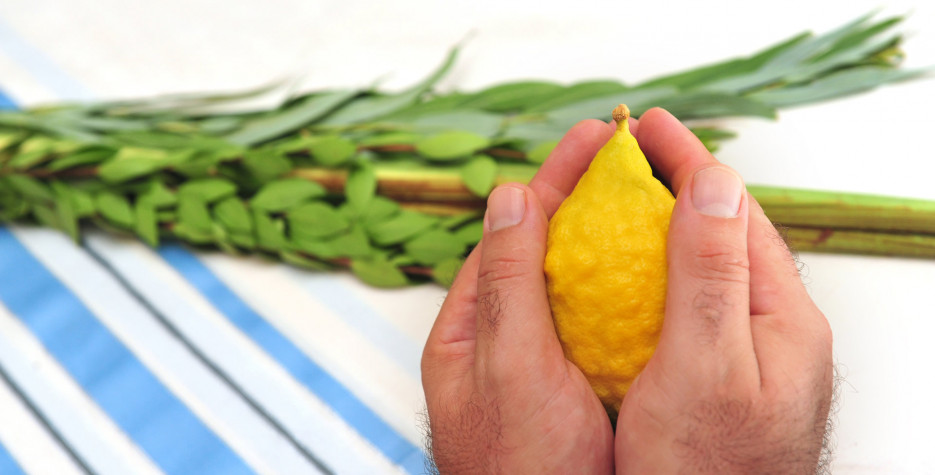Sukkot is also known as Succoth, Sukkos, Feast of Booths or Feast of Tabernacles. It is a Biblical festival that occurs in autumn on the 15th day of the month of Tishri (generally late September to late October in western calendars).
The holiday lasts a week, with the first and last days being public holidays in Israel.
The holiday is marked as one of the three pilgrimage festivals (shalosh regalim), along with Passover and Shavuot, where in ancient times, Jews would travel to Jerusalem and offer sacrifices at the Temple.
Sukkot remembers the many years that the Jews spent in the desert before they reached the Promised Land after the exodus from Egypt, and in particular the protection they received from their God whilst spending a long time of the hash desert.
The Hebrew word sukkot means huts, though some translations of the bible may use the word booths. Jewish families celebrate the festival by building a hut in which they live during the holiday.
The key thing about the hut is that it should have a roof of branches and leaves. When inside you need to be able to still see the sky. It's therefore intended that the huts are temporary and actually quite flimsy.
You shall dwell in sukkot seven days...in order that future generations may know that I made the Israelite people live in sukkot when I brought them out of the land of Egypt, I the Lord your God.
Leviticus 23:42
A ritual observed during Sukkot is to take the following four different types of plant: an etrog ( citrus fruit), a palm branch, a myrtle branch, and a willow branch, and then rejoice with them by waving them or shaking them about.
*Like other Jewish holidays, Sukkot will begin at sundown on the previous day.


